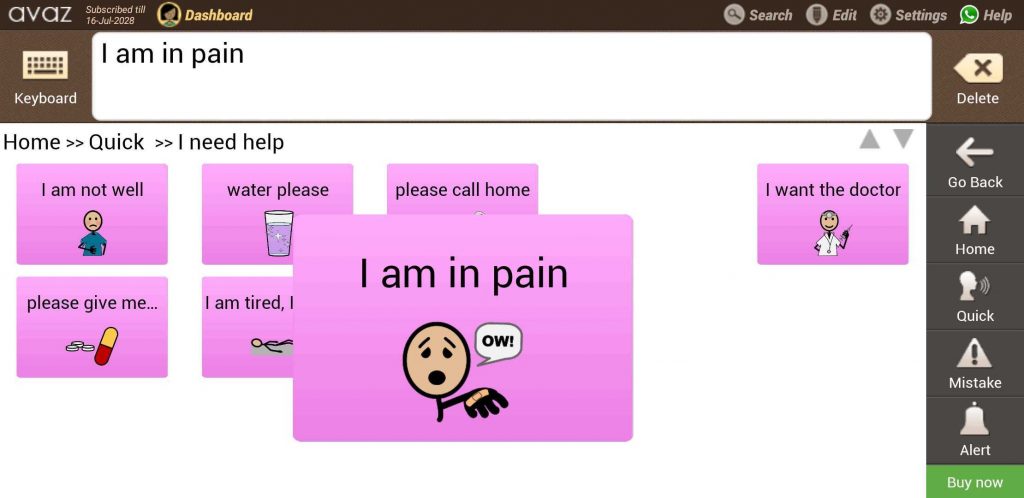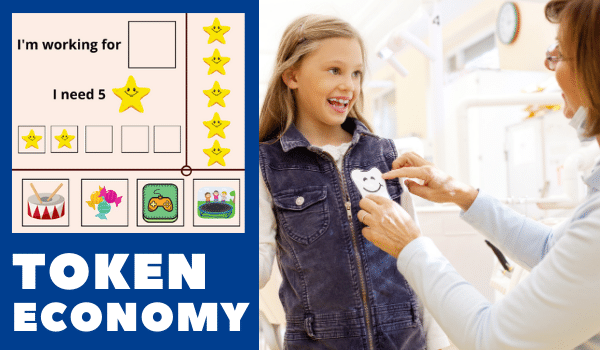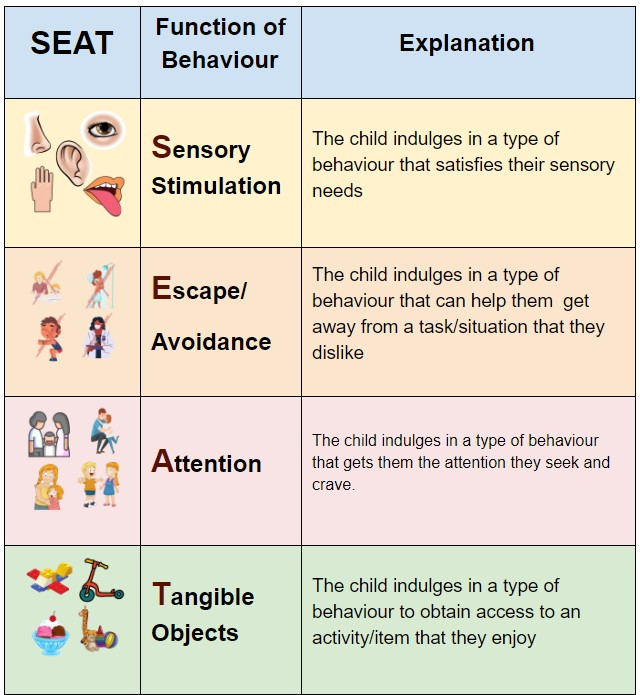Mary is a child with autism who throws her book at others when her teacher asks her to go to the school cafeteria for lunch. This behaviour is not only considered socially unacceptable but Mary may end up harming herself or others around her, which is a major cause for concern. Such problem behaviours may be prominent in children with communication deficits. A great way to get rid of challenging behaviours is by teaching replacement behaviours.


What are Replacement Behaviours?
Replacement behaviours are appropriate behaviours that achieve the same result for an individual as their problem behaviours do.
Say, a child screams to get attention. The replacement behaviour should be able to get them the desired attention more effectively.
It immediately becomes clear from the above statement that the first step to figuring out the replacement behaviour is to identify the function of the problem behaviour. Then, we give children alternate, more socially acceptable ways to get what they want.
For example, a child who has communication deficits cries due to pain. Teaching them to use their AAC systems to convey that can get them the help they want more effectively.
Things to Keep in Mind
When we design an intervention plan with replacement behaviours, we must take several factors into account. Here are a few important things that are essential for to make sure the Implementation actually works –
What’s the Purpose
A child may indulge in challenging behaviour to get attention, avoid a task//situation, get sensory stimulation, or obtain an object/activity. Observing the child and assessing what function their behaviour is serving is a vital step of the implementation.


The Easier the Better
Who in their right mind would want to choose doing something harder? Unless the behaviour is easier for the child, we cannot expect buy in. So, when we plan replacement behaviours, we must make sure they are easier for the child than their problem behaviours.
More Effective
When children begin to see that the replacement behaviour is getting them what they want more effectively, they are more likely to choose that. Therefore, replacement behaviours should be such that they eliminate the need for problem behaviours in a child.
Loads of Reinforcement
You may have to be generous with reinforcing the replacement behaviour at the beginning. For example, if a child bites their skin for sensory stimulation, the replacement behaviour can be to chew on sensory toys. Everytime the child goes for the sensory toy, provide lots of reinforcement immediately.
Honouring Requests
If a child is engaging in a challenging behaviour to avoid a task, we may have to honour their every request in the beginning. But this may not be feasible in all settings. Therefore, with time, we can choose to honour their requests discreetly.


Consistency
Behaviour intervention with replacement behaviours must be implemented regularly. Changing behaviours may take time. So, it’s important that we persist with the plan to see desired results
Generalization
The replacement behaviour should be something that the child can use in different settings. So, if a replacement behaviour is taught at school or therapy center, it’s important to ensure that it is something that is appropriate in other environments.
Teaching Behaviours
Children tend to absorb information better when they are calmer. So, choose a time of the day when the child is relaxed when you begin teaching replacement behaviours. Modelling the acceptable behaviour and prompting regularly helps children understand the expected behaviour. Using visual cues or role-playing can help a great deal in this process.
Evaluation
Track how the child is doing with the intervention plan. We may need to course correct and make changes for the intervention to work.
According to behaviour analysts, teaching replacement behaviours is one of the most effective ways to reduce challenging behaviours. A well-thought-out intervention plan, however, is key for the easy adoption and successful implementation
Reference Links
https://theautismhelper.com/about-the-replacement-behavior/
https://www.behaviormarinselpa.org/replacement-behaviors.html



